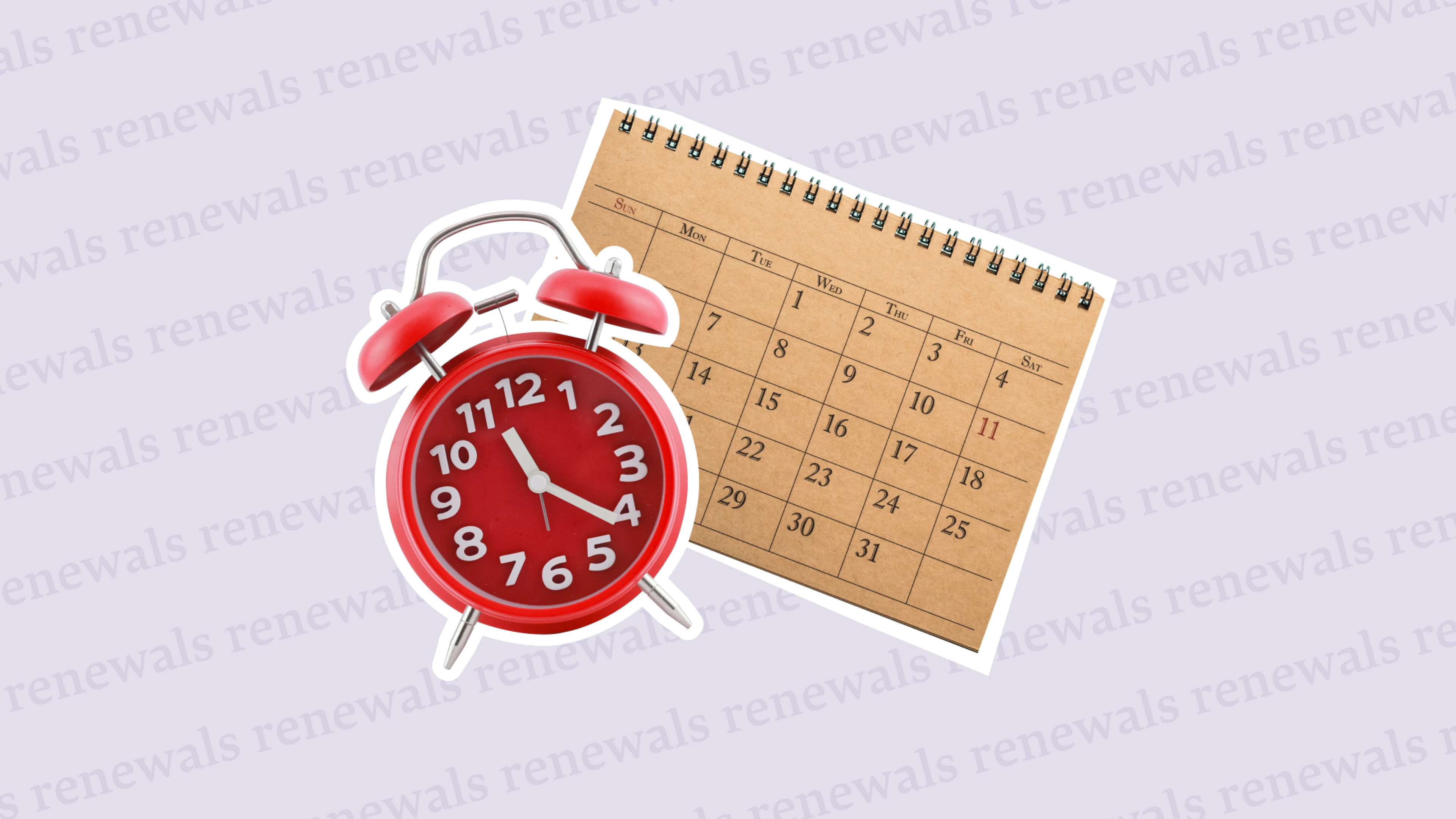Health insurance coverage provides important financial protection to help offset the cost of medical expenses, whether they are expected or unexpected. In most cases, an individual can only sign up for health insurance when they become eligible for health benefits at a new job or during a brief open enrollment window that happens once a year.
But what happens if you miss this window? This is where qualifying life events come into play. In this article, we will explore what a qualifying life event is and how experiencing one may make it possible for you to enroll in health insurance.
Understanding Qualifying Life Events
A qualifying life event (QLE) is a significant life change that allows you to enroll in or make changes to your health insurance plan outside of the open enrollment period. QLEs make it possible for a person to add health insurance coverage or make changes to their existing plan in certain circumstances.
Examples of Qualifying Life Events
QLEs can include changes in family status, employment, or place of residence. Common examples of qualifying life events include:
Getting married
Getting divorced
Having a biological child
Adopting a child
Experiencing the death of a spouse or dependent
Losing health insurance coverage due to job loss or a change in employment status
Relocating to a new state
Becoming a U.S. citizen
Gaining lawful permanent resident status
Reaching the age of 26, which results in loss of dependent status for health insurance
Experiencing a significant income change that affects eligibility for subsidies or tax credits
Why Are Qualifying Life Events Important?
Qualifying life events are crucial because they provide individuals with the opportunity to enroll in health insurance or make changes to an existing plan outside of the open enrollment period. This is especially important for those who may have missed the open enrollment deadline or did not have access to health insurance during that time.
Without QLEs, individuals would have to wait until the next open enrollment period to enroll in health insurance, leaving them vulnerable to unexpected medical expenses. This could result in financial strain or even bankruptcy in more extreme cases.
Open Enrollment vs. Special Enrollment Period
So what is the difference between open enrollment and special enrollment? Open enrollment period each year when individuals can enroll in or make changes to their health insurance plan. This period typically lasts for a few weeks and occurs at the same time each year. For example:
The open enrollment period for the Affordable Care Act (ACA) marketplace is from November 1st to December 15th each year.
Employers that offer group health insurance designate a specific open enrollment period each year. It is up to the employer to choose the timeframe.
The open enrollment period is not related to qualifying life events. Anyone who is eligible for coverage may participate in open enrollment. However, QLEs determine if a person can add or change health insurance during a special enrollment period.
A special enrollment period is a time outside of the open enrollment period when individuals can enroll in or make changes to their health insurance plan due to a qualifying life event. This period typically lasts for 60 days from the date of the qualifying life event.
How to Qualify for a Special Enrollment Period
To qualify for a special enrollment period, you must have experienced a qualifying life event. Additionally, you must have had minimum essential coverage (as defined under the Affordable Care Act) for at least one day in the 60 days before the qualifying life event.
Minimum essential coverage includes any of the following:
Employer-sponsored health insurance
Individual health insurance
Medicare
Medicaid
TRICARE
VA health coverage
If you did not have minimum essential coverage before the qualifying life event, you may not be eligible for a special enrollment period. However, there are some exceptions to this rule, such as if you lived in a state that did not expand Medicaid coverage.
How to Enroll During a Special Enrollment Period
If you experience a qualifying life event that makes you eligible for a special enrollment period, you can enroll in or make changes to your health insurance in one of the ways listed below. For each option, you will need to provide documentation of your qualifying life event, such as a marriage certificate or proof of job loss.
1. Through the Health Insurance Marketplace
If you are enrolled in a health insurance plan through the Health Insurance Marketplace, you can make changes to your plan during a special enrollment period by logging into your account on healthcare.gov.
2. Through Your Employer
If you have group health insurance through your employer, you can make changes to your plan during a special enrollment period by contacting your employer's human resources department or the Professional Employer Organization (PEO), such as Justworks, that handles the company’s benefits administration.
3. Through a Private Health Insurance Provider
If you have health insurance coverage through a private provider, you can make changes to your plan during a special enrollment period by contacting the insurance company directly.
What if You Miss the Special Enrollment Period?
If you miss the special enrollment period, you will have to wait until the next open enrollment period to enroll in or make changes to your health insurance plan. This could leave you without health insurance coverage for an extended period, which could result in financial strain if you experience unexpected medical expenses.
Justworks Simplifies Health Insurance QLEs
If you experience a health insurance qualifying life event, it is essential to understand the eligibility criteria and how to enroll during a special enrollment period. By taking advantage of QLEs, you can ensure that you and your family have access to the health insurance coverage you need.
Justworks makes it easy for small businesses and their employees to update health insurance coverage due to a qualifying life event. With Justworks PEO, you can have comprehensive health benefits, compliance, and payroll all in one platform. If you’re ready to support your team and grow your business, we’re here to help you get started today.
Learn more with Justworks’ Resources
Scale your business and build your team — no matter which way it grows. Access the tools, perks, and resources to help you stay compliant and grow in all 50 states.








